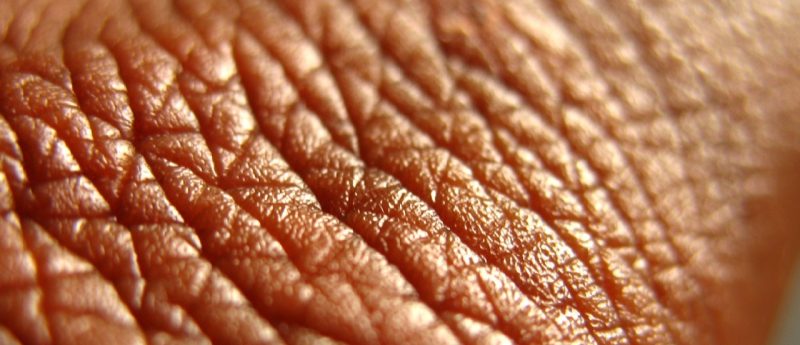Could topical antibiotics have long-term effects on the skin microbiome?

New research has shed light on the effects of commonly used skin treatments, demonstrating that antibiotics can significantly alter the skin microbiome, whereas antiseptics have a smaller, less durable impact.
Antiseptics and antibiotics are commonly used in medical practice, for example, to disinfect skin prior to surgery or to treat rashes and wounds. The impact of these medications on the bacterial ecosystem, particularly pathogenic strains such as Staphylococcus aureus is poorly understood, despite the possible implication on the risk of infection.
This study, published in Antimicrobial Agents and Chemotherapy, aimed to investigate the effects of antimicrobials on skin microbiome. Author Adam SanMiguel (University of Pennsylvania, PA, USA) explained: “We know antibiotics and antiseptics can be effective in stopping the growth of certain bacteria, but we wanted to know about the larger impact these treatments can have on the resident microbial communities on the skin.”
The researchers treated the skin of hairless mice with a variety of antibiotics, including narrowly-targeted mupirocin ointment and a broadly applicable triple-antibiotic ointment. The team observed that all of the antibiotics tested had a significant effect on the makeup of the mice’s skin microbial communities; in addition, they discovered that the changes persisted for multiple days post-treatment.
SanMiguel commented: “The problem in this case isn’t antibiotic resistance, but instead, how long the disruption of the skin microbiomes continues. That disruption opens the door for colonization by an unwanted strain.”
The researchers also investigated the impact of antiseptics, demonstrating that, when compared with controls, there was no clear difference in the skin microbiota after antiseptic treatment.
SanMiguel stated: “We thought antiseptics would be even more disruptive to microbial communities than antibiotics since they are less targeted, but it turns out the opposite is true. It shows how stable the skin microbiome can be in the face of stress.”
However, the team observed that both treatments reduced the presence of host bacteria that compete against the pathogenic S. aureus to colonize the skin; this has implications for cutaneous host defense, possibly increasing risk of S. aureus infection.
This study is the first to demonstrate that antibiotics may have long-term effects on the skin microbiome and could provide a foundation to better understand how the skin reacts to infection. The team have already begun a study in humans.
Senior author Elizabeth Grice (University of Pennsylvania) concluded: “This gives us a better understanding of how topical antimicrobials affect the skin microbiome and what kind of impact their disturbance can have in the context of pathogenic colonization. This helps us anticipate their potential effects.”
Sources: SanMiguel AJ, Meisel JS, Horwinski J, Zheng Q & Grice EA. Topical antimicrobial treatments can elicit shifts to resident skin bacterial communities and reduce colonization by Staphylococcus aureus competitors. Antimicrob. Ag. Chemo. doi:10.1128/AAC.00774-17 (Epub ahead of print) (2017); www.pennmedicine.org/news/news-releases/2017/june/penn-study-details-impact-of-antibiotics-antiseptics-on-skin-microbiomes